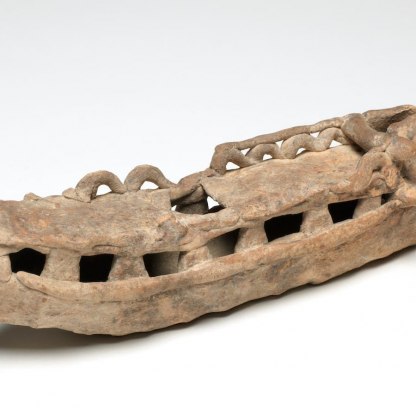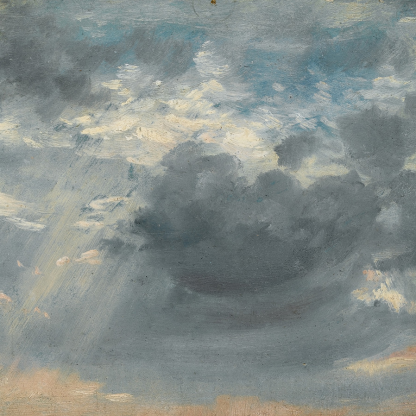Unveiling the invisible - mathematics for conservation in arts and humanities
Despite many developments of bespoke mathematical image analysis methods for use in biomedicine, the physical sciences and various forms of engineering, the arts and humanities have – with very few exceptions – been overlooked. However, the digital processing, analysis and archiving of databases and collections is becoming increasingly important in the arts and humanities. While digital images themselves constitute a growing component of data in their own right, the digitisation of physical objects opens up further possibilities – for example, the analysis of objects without any physical risk to the original; the creation of digital databases searchable by several parameters (keywords); and the application of automated algorithms to sort newly found objects into existing digital databases. These possibilities go hand in hand with ever-growing advances in data science that are developing mathematical methodology for analysing and processing digital data.
Our interdisciplinary collaboration, drawing on the expertise of art historians and conservators, classicists and medievalists as well as of mathematicians, will provide a step change in the use of mathematics for art history, conservation and archaeology. The impact of our work will stem from (a) the development of ‘intelligent’ algorithms that mimic the behaviour of a human expert (who considers not only a single artefact, but also its broad context) and (b) the incorporation of ‘invisible data’ (e.g. infrared images) which even experts using manual analysis struggle to include (see images, right). This approach will make it possible to identify patterns of similarity more effectively than could be done manually in the analysis of paint cross-sections in paintings, the virtual restoration of illuminated manuscripts and the classification of common-ware Roman pottery.
All developed algorithms and associated datasets will be made available online to encourage multidisciplinary exchange on data analysis in the arts and humanities.
This work was funded by a Leverhulme Trust Research Project Grant.
Project information
- Principal Investigator: Professor Carola-Bibiane Schönlieb
- Co-Investigator: Suzanne Reynolds
- Project website: https://mach.maths.cam.ac.uk/
- Funding award value: £65,935
Related publications
Parisotto, Simone; Launaro, Alessandro; Leone, Ninetta; Schönlieb, Carola-Bibiane Unsupervised clustering of Roman pottery profiles from their SSAE representation Inproceedings (submitted, ArXiv: 2006.03156), 2020.
Parisotto, Simone; Calatroni, Luca; Bugeau, Aurélie; Papadakis, Nicolas; Schönlieb, Carola-Bibiane Variational Osmosis for Non-linear Image Fusion Journal Article IEEE Transactions on Image Processing, 29 (1), pp. 5507 - 5516, 2020.
Leone, Ninetta; Parisotto, Simone; Targonska-Hadzibabic, Katarzyna; Bucklow, Spike; Launaro, Alessandro; Reynolds, Suzanne;Schönlieb Carola-Bibiane Art Speaks Maths, Maths Speaks Art Inproceedings
Proceedings of Bridges 2020: Mathematics, Art, Music, Architecture, Education, Culture, pp. 481–484, Tessellations Publishing, Phoenix, Arizona, 2020, ISSN: 1099-6702.
Calatroni, Luca; d’Autume, Marie; Hocking, Rob; Panayotova, Stella; Parisotto, Simone; Ricciardi, Paola; Schönlieb, Carola-Bibiane Unveiling the invisible: mathematical methods for restoring and interpreting illuminated manuscripts Journal Article Heritage Science, 6 (1), pp. 56, 2018, ISSN: 2050-7445.
Parisotto, Simone; Calatroni, Luca; Daffara, Claudia Digital Cultural Heritage Imaging via Osmosis Filtering Inproceedings Mansouri, A; El Moataz, A; Nouboud, F; Mammass, D (Ed.): Image and Signal Processing, pp. 407–415, Springer International Publishing, Cham, 2018, ISBN: 978-3-319-94211-7.
Daffara, Claudia; Parisotto, Simone; Ambrosini, Dario Multipurpose, dual-mode imaging in the 3–5 µm range (MWIR) for artwork diagnostics: A systematic approach Journal Article104 , pp. 266 - 273, 2018, ISSN: 0143-8166.
Other research projects you might like
Sign up to our emails
Be the first to hear about our news, exhibitions, events and more…


